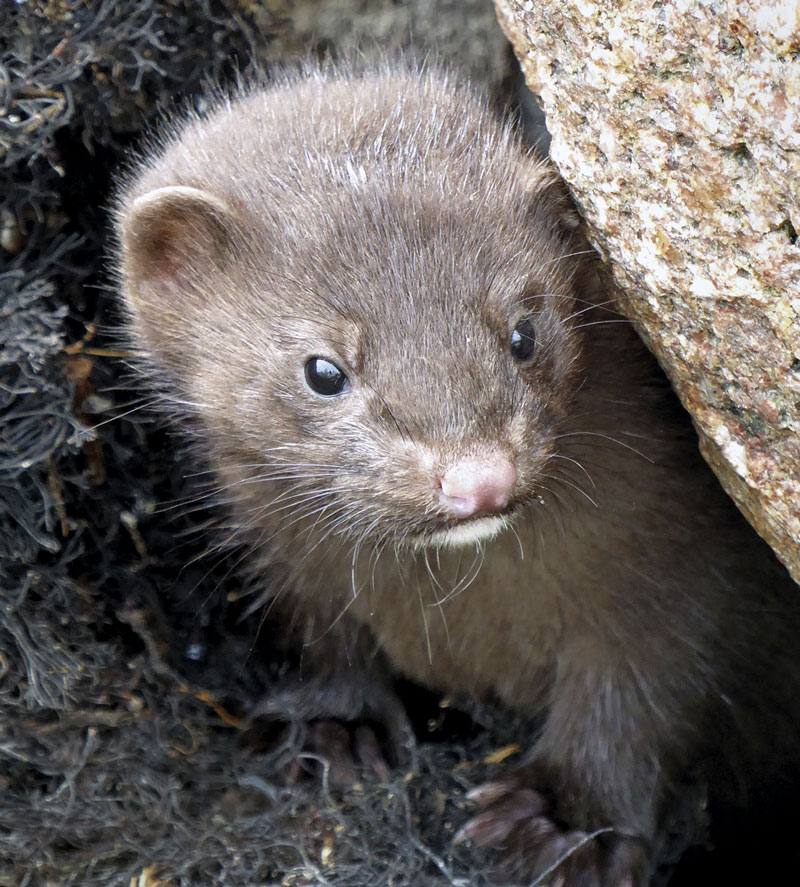
Jonn Leffmann / Wikimedia CommonsWithin 50 generations, American mink skulls become largerJonn Leffmann / Wikimedia Commons
A known consequence of domestication is a reduction in brain size, something which occurs in sheep, cows, and pigs. It is also the case with the American mink (Neogale vison), bred in Europe for the production of fur coats. These animals sometimes escape from captivity and become feral. Scientists from the Max Planck Institute for Animal Behavior compared domesticated and feral populations and made an unexpected discovery: within around 50 generations, the descendants of the feral animals managed to regain a brain volume almost equal to wild animals from the USA. The study was based on a comparison between the brain size (via skull measurements) of mink in captivity and populations living in the wild in Europe, including measurements of skulls kept in zoology museums. It was not previously known that animals could regain brain size and it may not be possible for the future generations of every animal that escapes a farm. Mink, like moles and shrews, naturally undergo brain changes depending on the season. It could be this unusual plasticity that allows for the species’ successful readaptation to nature (Max Planck Gesellschaft and Royal Society Open Science, July 5).
Republish